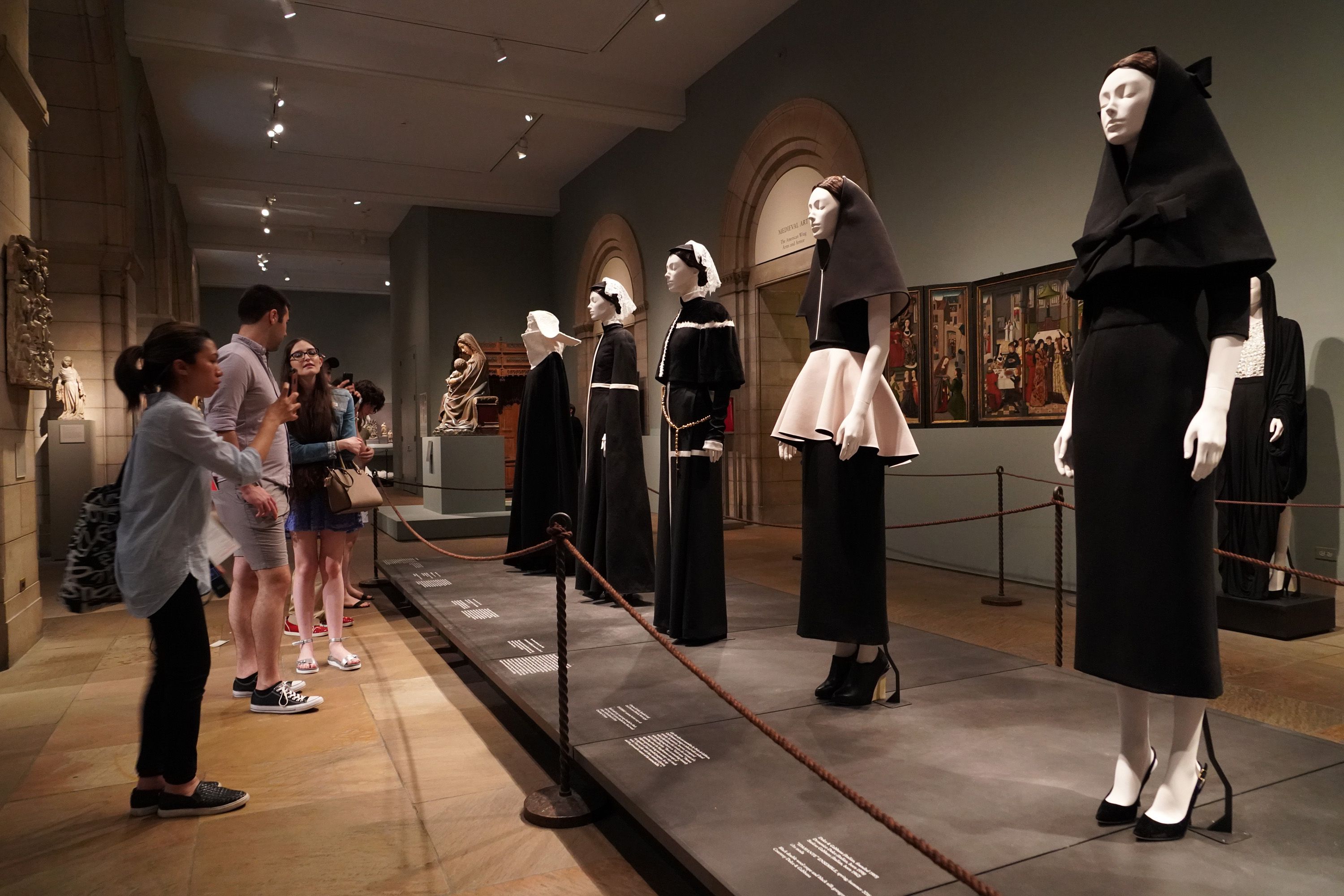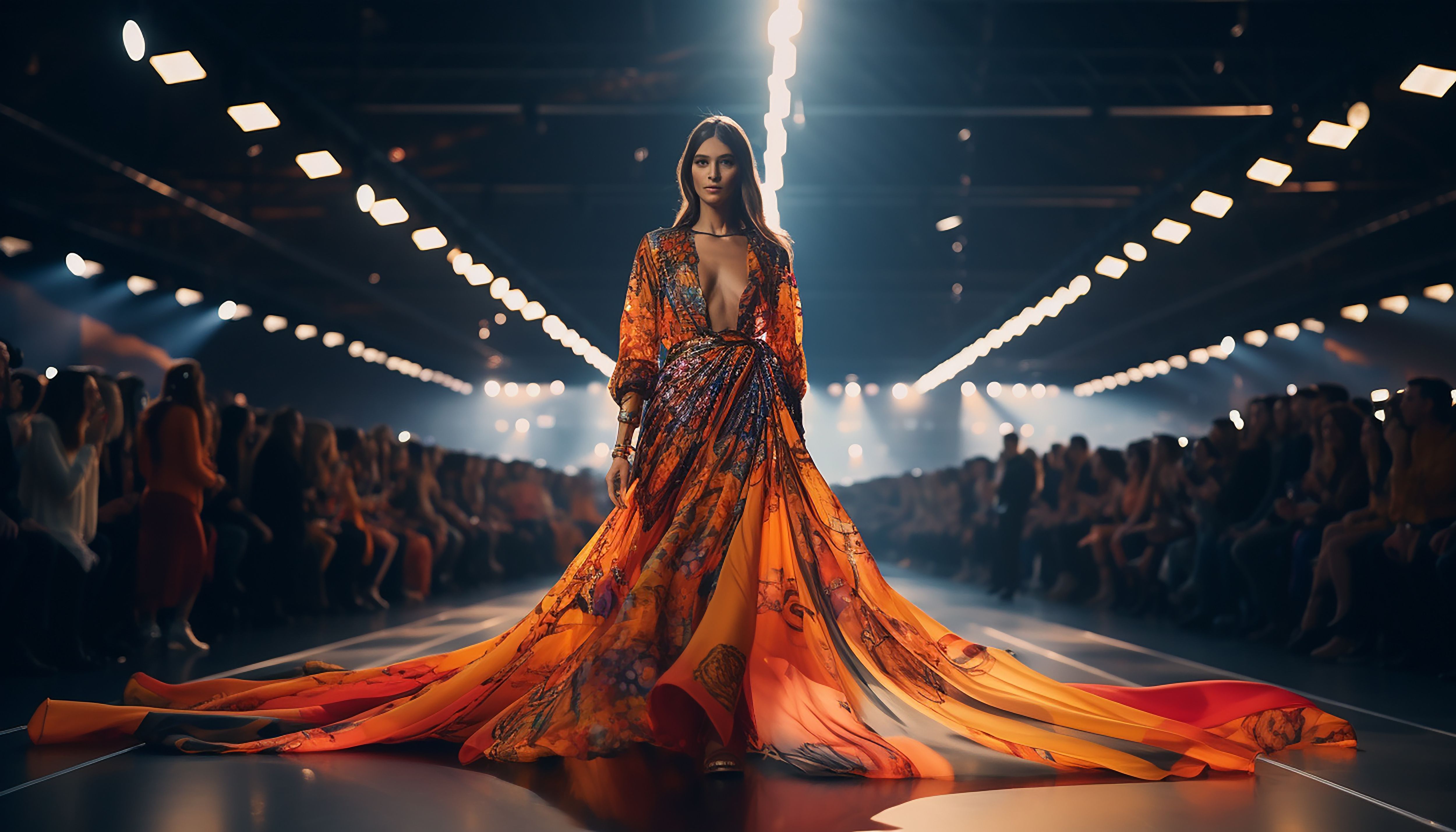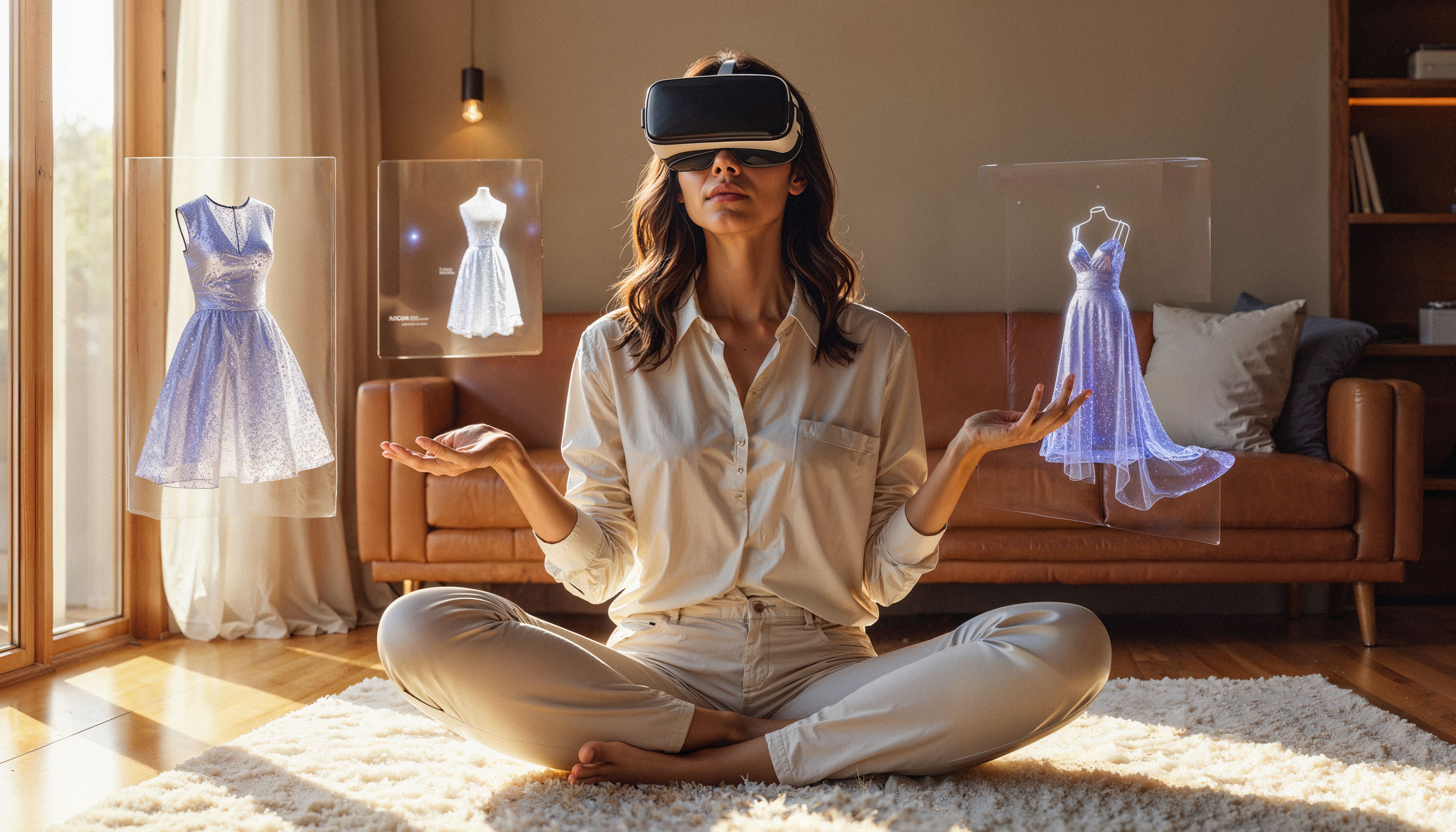AI Fashion Models From the Inside Out
The History of Fashion: From Eras to AI Style


TL;DR
The history of fashion is an amazing journey from ancient silks to modern AI fashion brands. Algorithms and generative AI now create personalized, real-time style, merging types of fashion styles with data. This shift from fixed trends to personal analytics makes style smarter, faster, and uniquely yours, driven by both innovation and consumer demand.
The history of fashion is a dynamic record, driven by cultural shifts, artistic expression, and technological innovation. From ancient China's elaborate silks to the streetwear revolution, fashion has mirrored society's values and aspirations. Today, we stand at a new turning point. Algorithms, AI fashion brands, and real-time personalization redefine how we discover, wear, and think about clothing.
This is not just a look back at fashion styles. Technology, especially generative AI, transforms the very idea of style. It becomes dynamic, data-driven, and deeply personal.
A Walk Through the History of Fashion

Understanding fashion history is essential to seeing how culture, innovation, and identity have always intertwined in clothing.
1. Ancient Civilizations – Fashion as Status
- Egypt: White linen garments symbolized purity and social class.
- Rome: Togas signified citizenship, with dyes denoting wealth.
- China: Silk weaving became a national treasure during the Han dynasty.
Fun Fact: The earliest needle found is over years old. This proves that crafting garments is among humanity's oldest creative acts.
2. The Renaissance – Embellishment and Opulence
During the 14th–17th centuries, European fashion exploded with color, embroidery, and types of fashion styles that showcased wealth and artistry. Lace, jewels, and complex tailoring were symbols of cultural sophistication that still inspire designers exploring the history of fashion today.
According to the Victoria and Albert Museum, Renaissance Europe saw a major expansion in the exchange and display of fashionable dress between courts and cities, turning clothing into a visible marker of cultural identity and influence.
3. The Industrial Revolution – Mass Fashion is Born
The Industrial Revolution mechanized textile production, making clothing affordable and more widely available. This era democratized fashion, creating the foundation for department stores, mass-market clothing, and eventually AI fashion brands that personalize wardrobe options. It was a defining chapter in the history of fashion, shifting creativity from artisan workshops to large-scale production.
Historic UK states that in Manchester alone there were ~2,500 mills during the height of the UK cotton boom, producing eight billion yards of cloth yearly, which was almost half of the world’s cloth output.
4. The 20th Century – Fast Shifts and Subcultures
- 1920s: Flapper dresses and jazz-age glamour.
- 1960s: Psychedelic prints and youth-led style revolutions.
- 1990s: Minimalism, grunge, and global streetwear influence.
Fashion grew faster and more global, influenced by media. This trend continues in the history of fashion through AI-powered personalization.
The Leap: From Fashion History to AI-Driven Styling

We’ve moved from fixed seasonal trends to real-time style recommendations. Here’s how AI fashion brands are rewriting the rules:
From Static Trends to Personalized Feeds
In the past, trend cycles lasted months or years. Now, with AI, fashion can adapt daily based on:
- Your browsing history
- Social media activity
- Climate and weather data
- Real-time fashion trend analysis
Example: Glance’s AI-powered styling feature can take inspiration from the history of fashion while tailoring your look to today’s weather, your mood, and even what’s trending on your social circle’s devices.
Types of Fashion Styles: Past vs. Present
AI is not erasing traditional types of fashion styles — it’s evolving them.
| Historical Style | Modern Equivalent with AI Influence |
| Victorian Gothic | Modern Gothic streetwear curated via AI |
| 70s Boho | Sustainable boho-chic suggested by eco-AI filters |
| 90s Minimalism | Capsule wardrobe recommendations based on personal analytics |
By drawing on the history of fashion, AI helps craft a wardrobe that reflects personal stories rather than fleeting trends.
Practical Tips: Using AI to Explore Fashion History
Here’s how to make AI your style historian and personal stylist:
- Identify Your Era Influences
Use apps like Glance AI to find which historical periods resonate with your preferences. - Mix Old with New
Combine vintage silhouettes with AI-suggested fabrics and colors. - Seasonal Wardrobe Optimization
AI can forecast upcoming trends by analyzing types of fashion styles emerging on runways and streetwear. - Sustainability Check
Many AI fashion brands now include carbon-footprint scoring for your outfit choices.
Challenges: Merging History with Tech
Even with all the progress, there are hurdles:
- Cultural Dilution: Rapid personalization can erode authentic historical styles.
- Over-Reliance on Algorithms: AI styling may prioritize engagement over creativity.
- Privacy Concerns: Using data for personalized shopping must remain ethical.
- Skill Loss: As AI simplifies styling, traditional craftsmanship risks fading.
The Glance AI Narrative: Fashion Without Boundaries
Imagine waking up and seeing your lock screen display:
- An outfit inspired by 1920s Paris, adapted for today’s weather.
- Color palettes from 70s disco, harmonized with your favorite types of fashion styles.
- Sustainable fabric recommendations from the latest AI fashion brands.
That’s Glance AI’s vision: transforming the rich history of fashion into your personal, real-time lookbook.
Key Lessons from Fashion History for Today’s Shoppers
- Fashion reflects culture: AI decodes trends to inspire contextually relevant outfits.
- Innovation drives evolution: From hand-sewn garments to algorithm-driven recommendations, technology and fashion evolve together.
- Diversity matters: Exploring multiple types of fashion styles expands wardrobe creativity.
- Personalization is key: AI fashion brands convert historical insights into actionable, individual style advice.
Conclusion
The history of fashion is a fascinating journey—from symbolic garments in ancient civilizations to AI-powered, personalized wardrobes today. By blending historical knowledge, technological innovation, and personal taste, AI is enabling fashion enthusiasts to wear not just clothing, but stories, culture, and individuality.
From early trends to AI fashion brands, from Renaissance elegance to real-time personalized suggestions, the evolution of fashion and technology continues to shape how we express ourselves—making style smarter, faster, and more uniquely yours.
Practical takeaway: Use AI tools to explore types of fashion styles and learn from historical trends. Style is the ultimate expression of self.
FAQs
1. What is the history of fashion?
Fashion history traces clothing evolution from ancient societies to today’s AI-driven personalization.
2. How do AI fashion brands influence style?
AI fashion brands analyze trends and preferences to recommend personalized, real-time outfit choices.
3. What are the main types of fashion styles?
Fashion styles include casual, formal, streetwear, bohemian, vintage, minimal, sporty, and avant-garde trends.
4. How has technology changed fashion over time?
Technology shifted fashion from handcrafted clothing to mass production, and now to AI personalization.
5. Can AI suggest styles from fashion history?
Yes, AI uses the history of fashion to blend past influences with modern trends for unique outfits.
6. What are challenges of AI in fashion?
AI fashion brands face challenges like biased recommendations, over-reliance on algorithms, and potential data privacy concerns.
7. How can AI improve my personal style?
AI studies your preferences, body type, and lifestyle to recommend outfits across various types of fashion styles.






